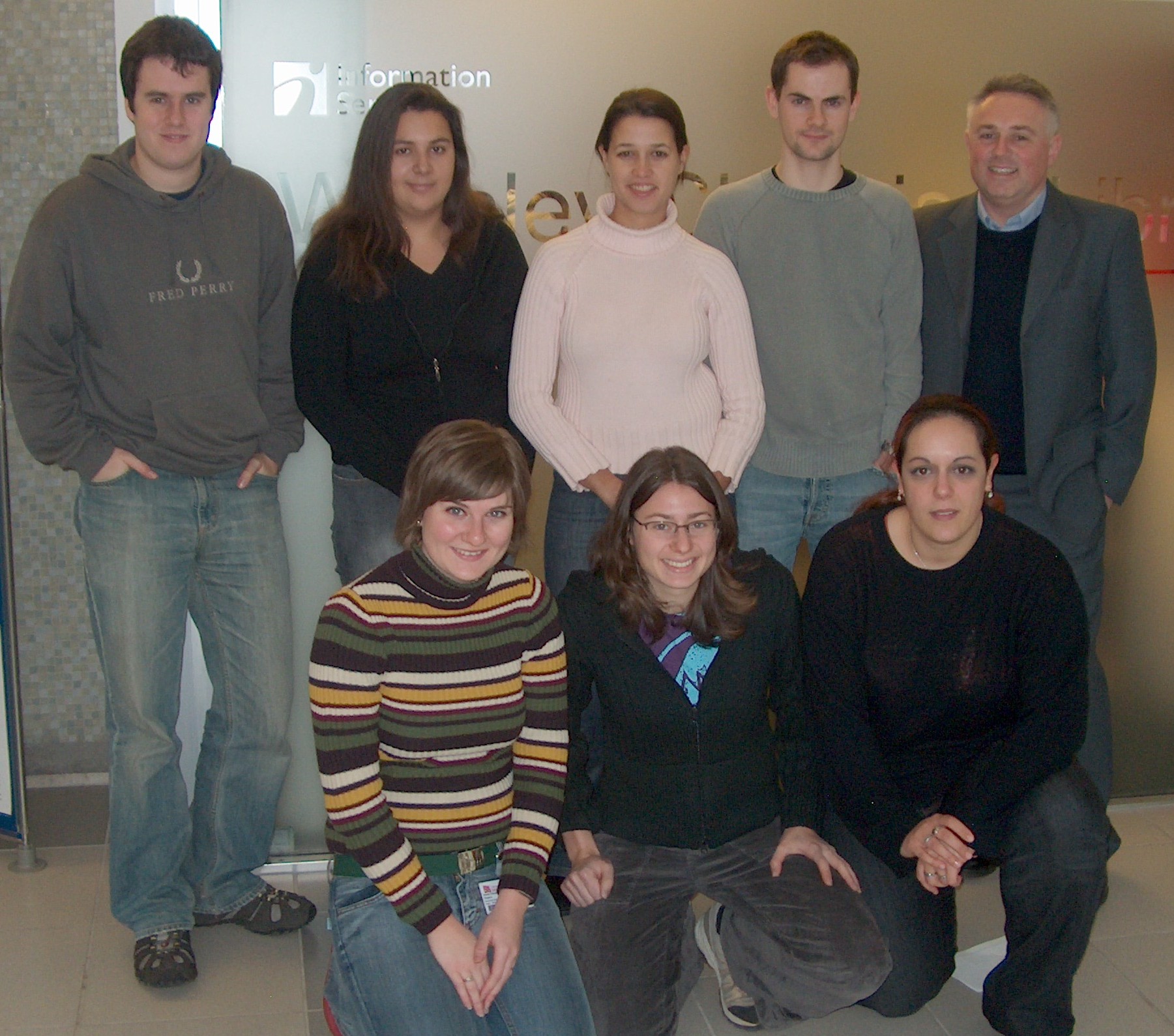| Julian
Eastoe Research Group
Advanced surfactants and interfaces |
|
|
Last updated 28-04-06
|
The group develops new functionalised surfactants for various applications. A wide variety of techniques are employed to probe interfacial and self-assembly properties. Tensiometric methods are key, and we have access to drop shape analysis, drop volume, maximum bubble pressure, spinning-drop and duNouy-Wilhelmy equipment, as well as a custom-built surface light scattering rig. Polarising light microscopy is used to characterise liquid crystal phase behaviour. Pulsed-field spin-echo NMR and small-angle X-ray scattering are used to study diffusion dynamics and aggregation (collaborations with Profs. Cosgrove and Richardson). Neutron scattering methods are also central, and regular use is made of facilities at the Institute Laue Langevin in Grenoble France, and ISIS near Oxford UK.
Collaborations
have been fostered in the School of Chemistry
(Dr. Paul Wyatt –
Organic, Prof. Terence Cosgrove – Physical,
Prof. Rob Richardson -
Physics), and elsewhere in the UK (Dr. David Steytler - UEA Norwich,
Prof. Colin
Bain – Durhum, Dr. Andrew Beeby
– Durham,
Dr. Peter Griffiths
– Cardiff, Dr. Richard Heenan – ISIS).
Worldwide, links have been established with groups in Austin
Texas, Götenbourg Sweden, Nagoya Japan, Nice, Strasbourg and Avignon
France, Rome Italy, Cork Ireland and Köln Germany.
Visitors have come to work in the group from Mexico, Kuwait,
India, China, Sweden, Japan, Germany and France. Research
projects are funded by EPSRC-ACORN,
Faraday
IMPACT, Syngenta,
Kodak,
Huntsman Surface Science,
Infineum and Disperse
Technologies.
There are also group members funded by the Mexican Government and
Kuwait University. The group
has a close working relationship with the instrument manufacturer Kruss.
There are three areas of current interests. Julian is also a member of the editorial team for the Journal of Colloid and Interface Science. See here for details
|
